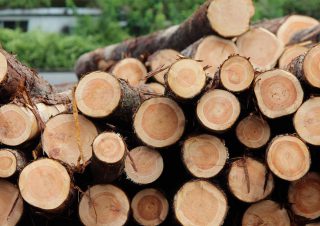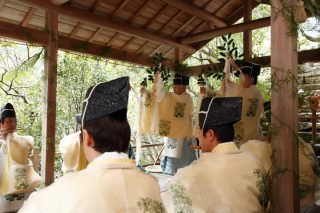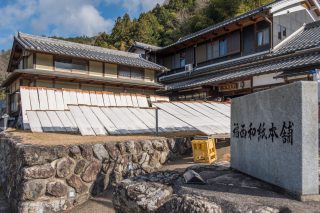Hi there!
The fact that you clicked this article means that you at least have some interest in yokai ( the collective name for Japanese folk monsters), right?
On behalf of all yokai nationwide, I thank you.
I, who am writing this article, love yokai just like you.
And while I’ve never actually seen any yokai, I still adore them.
Since yokai exist all over Japan, I think that they are the precursors to regional mascots for each area.
There are yokai who represent the various climates throughout the country. In lands which possess a good climate and rich soil, there are optimistic yokai who live freely. In areas with harsh climates that are far from civilization, there are dangerous yokai. In lands that developed in interestings ways, there are yokai with long stories to them.
You can understand a lot about different lands if you just examine the yokai that live there.
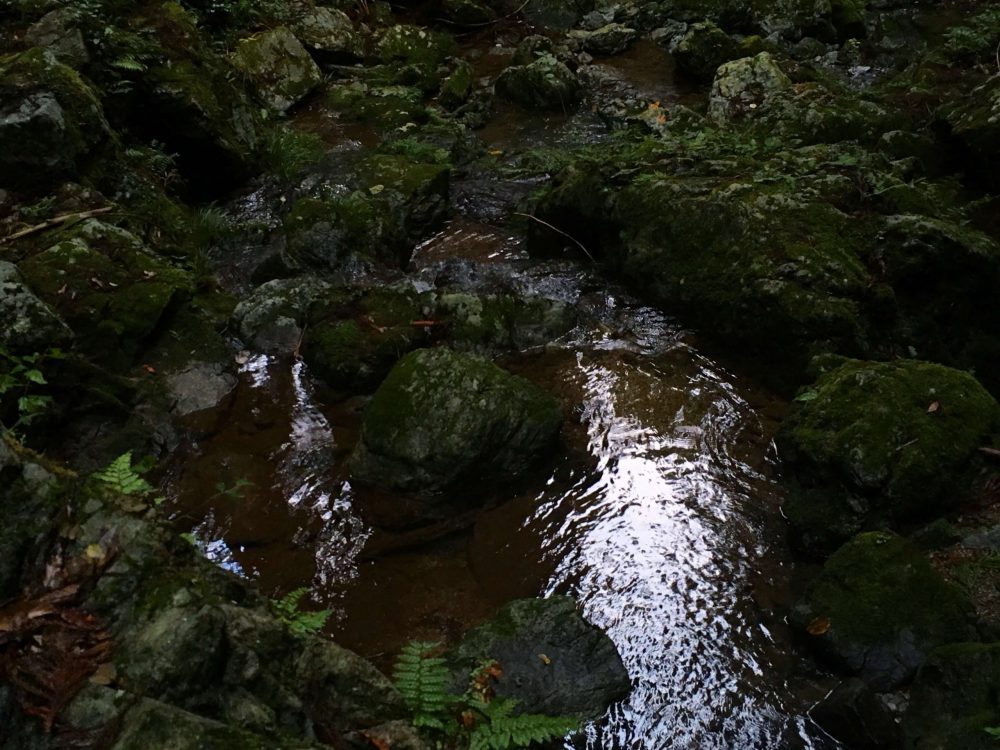
The area known as “Yoshino” is very large and accounts for about one-third of Nara Prefecture. What kind of land is “Yoshino”? It is known as a mountainous region.
The mountains of Yoshino, which are part of the Kii Peninsula Mountains, get more rugged the farther you go south, and as such, the feeling of being in an environment suitable for “non-human” sentient beings also increases.
In the mountains the sunshine hours are short, the breeze is fragrant and cool, and interesting sounds can be heard from all around.
Let me introduce the typical yokai who live in such a land.
Hidal
The Hidal is a yokai that has a high encounter-rate (even in modern times) that appears in the mountainous areas throughout the country.
The name of this yokai changes depending on the region but some common names include “Hidal God,” “Dal,” and “Dali.”
The Hidal is a yokai that possesses people. It is said that a possessed person will suddenly become unable to move due to fatigue, dizziness, and other debilitating symptoms.
There is actually an old man that lives in my neighborhood who told me that he was once possessed by a Dal when he was younger. According to him, it did not matter how strong he was or how accustomed he was to walking in the mountains, he still lost control of his body to the Hidal.
This man was actually possessed during his training as a yamabushi (one who follows and practices the Shugendo doctrine).
He said that before it happened, he was feeling fine and walking a path that he knew very well, having walked it many times before; he was also physically strong because he was young. When he approached the steep hill known as “Ushikae Zaka,” his body suddenly felt heavy and he could not lift his legs. He tried to deny what was happening but his efforts only resulted in him sweating heavily. As difficult as it was, there was truly nothing he could do about it.
It is worth noting that in training, people are only allowed to take breaks in certain places.
However, given what was happening, he decided to take a break on the spot and took a sip of water at his trainer’s instruction. Immediately, the Dal went away and his body became lighter.
Nationwide, it is generally believed that the Dal is a “hungry demon” whose possession can be treated by eating or drinking to satisfy its cravings. In Yoshino, in addition to oral ingestion of food, it seems that there is a way to expel this demon by walking backward instead of forward, as well.
However, I haven’t been possessed by a Hidal, so I can’t speak to its credibility.
The Hidal…is it something I want to actually have an encounter with? Maybe not?… It’s a dilemma for me.
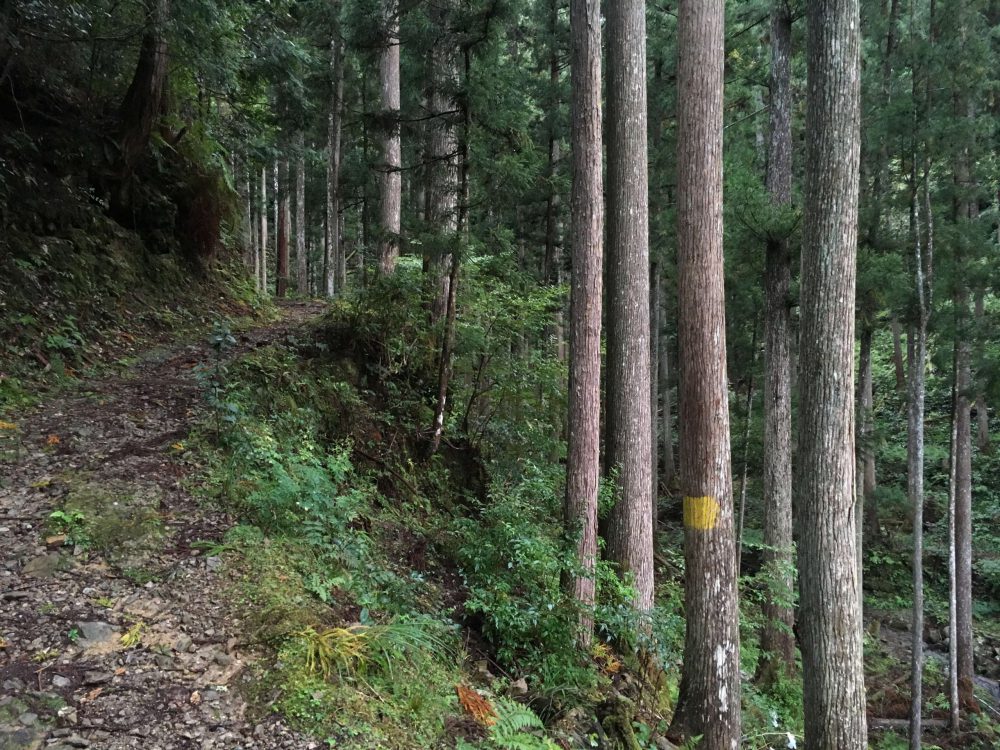
Tengu (long‐nosed goblin)
There are many Tengu in Japan. Among them, there are 48 specially deified Tengu which are known as the “Forty-Eight Tengu.” Incidentally, I have a personal theory that the 48 Tengu were the real inspiration for the creation of girl idol groups such as AKB48, but I know that I am probably wrong.
Anyway, Tengu have a long-standing connection with the Shugendo tradition, inhabiting sacred mountains.
Yoshino is a well-known sacred area for Shugendo, and it is the place where Mt. Omine, a very holy mountain, is located. It is said that 4 of the 48 famous Tengu are in Nara.
Among them, there are 2 Tengu that live in Yoshino named “Kumano Omine Kikujobo” and “Yoshino Minasugi Kozakurabou.” Since they are deified Tengus, their likenesses may have been carved into many stone statues at temples throughout the area. Unfortunately many temples in Yoshino were destroyed during the turbulent Meiji era when Shugendo was abolished. For that reason, I don’t know for sure about the past, but as of now, there are almost no Tengu statues in Yoshino.
There is a statue of “Yoshino Minagisugi Kozakurabou” called “Akiba Gongen” in Sakura-motobo Temple in Mt. Yoshino. So when you visit, please visit the temple and check out the statue for yourself.
And above all, when you come to the Yoshino region, please take some time to look up at the sky while thinking about the Tengu living in the mountains. Perhaps they might make an appearance through the gaps in the surrounding trees.
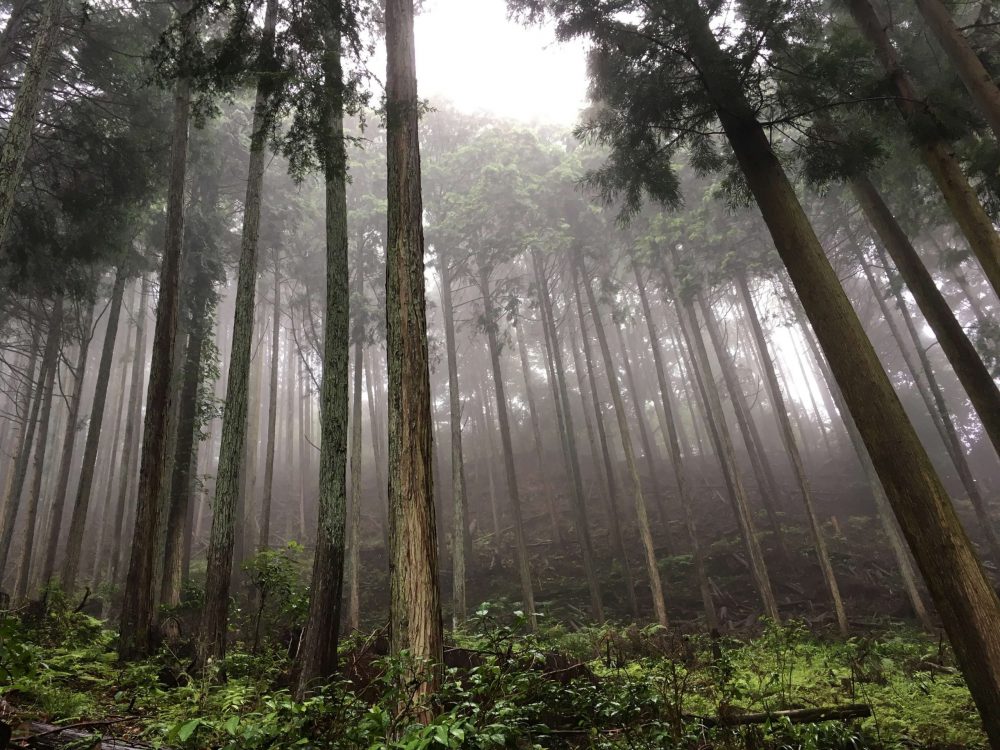
Ippon Datara
The Ippon Datara is a yokai that is a little closer to a god than a yokai. In fact, it was originally a mountain god by the name of “Inosasa-o” or “Izasa-o.” It looks like a huge wild boar with a bunch of bamboo growing on its back and resembles a small mountain when seen from a distance.
According to an old tale, Inosasa-o (the god) once had a very bad day, being shot by the gun of a hunter. Though badly wounded, it managed to escape deep into the mountains. His wounds were deep, which brought on feelings of great hatred for humans. In a story preserved by the Yunomine Onsen in Wakayama, an injured Inosasa-o appeared in the hot spring in the form of a samurai. When an employee of the onsen peeped into the samurai’s room, he saw a large sleeping wild boar with bamboo on its back but no sign of the man.
Because his wounds truly never really healed, Inosasa-o became a terrifying yokai known as “Ippon Datara.”
Legend says that a terrifying yokai with one eye and one leg appeared in Obamine (Kawakami Village), Tsujido (Kami-kitayama Village), and the Hatenashi Mountains (Totsukawa Village) and would attack anyone who tried to cross the mountain pass, resulting in the village at the foot of the mountain becoming completely deserted.
One day, a high priest walked over the pass and found the completely deserted village. He asked a local villager about what had happened, and received the news of the Ippon Datara. He then decided he would help by sealing away the Ippon Datara through a method of wishing for its activities to be restricted to one day a year. That day became December 20, which is commonly called “end of the 20th” in Yoshino.
The priest gave the Ippon Datara reign to eat people only on this day, sealing it away for the rest of the year. Therefore, it is said (even in current times) that December 20 is a day when people shouldn’t go into the mountains in Yoshino.
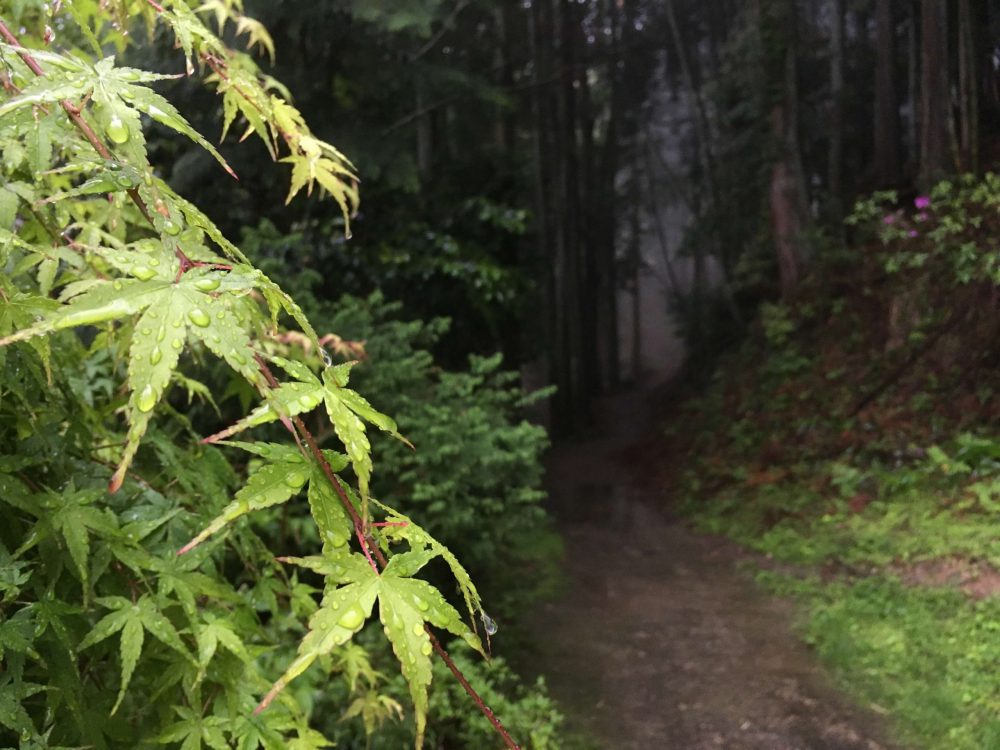
In this article, I introduced three famous yokai of Yoshino.
In addition to this, there are various other yokai that also are said to live here, and even more strange stories of things that remain unnamed and uncategorized.
When you come to Yoshino, please keep in mind that there is more to the area than what you can see with your eyes.
Be aware that you are “watched” by them.
There are various things in the mountains.

